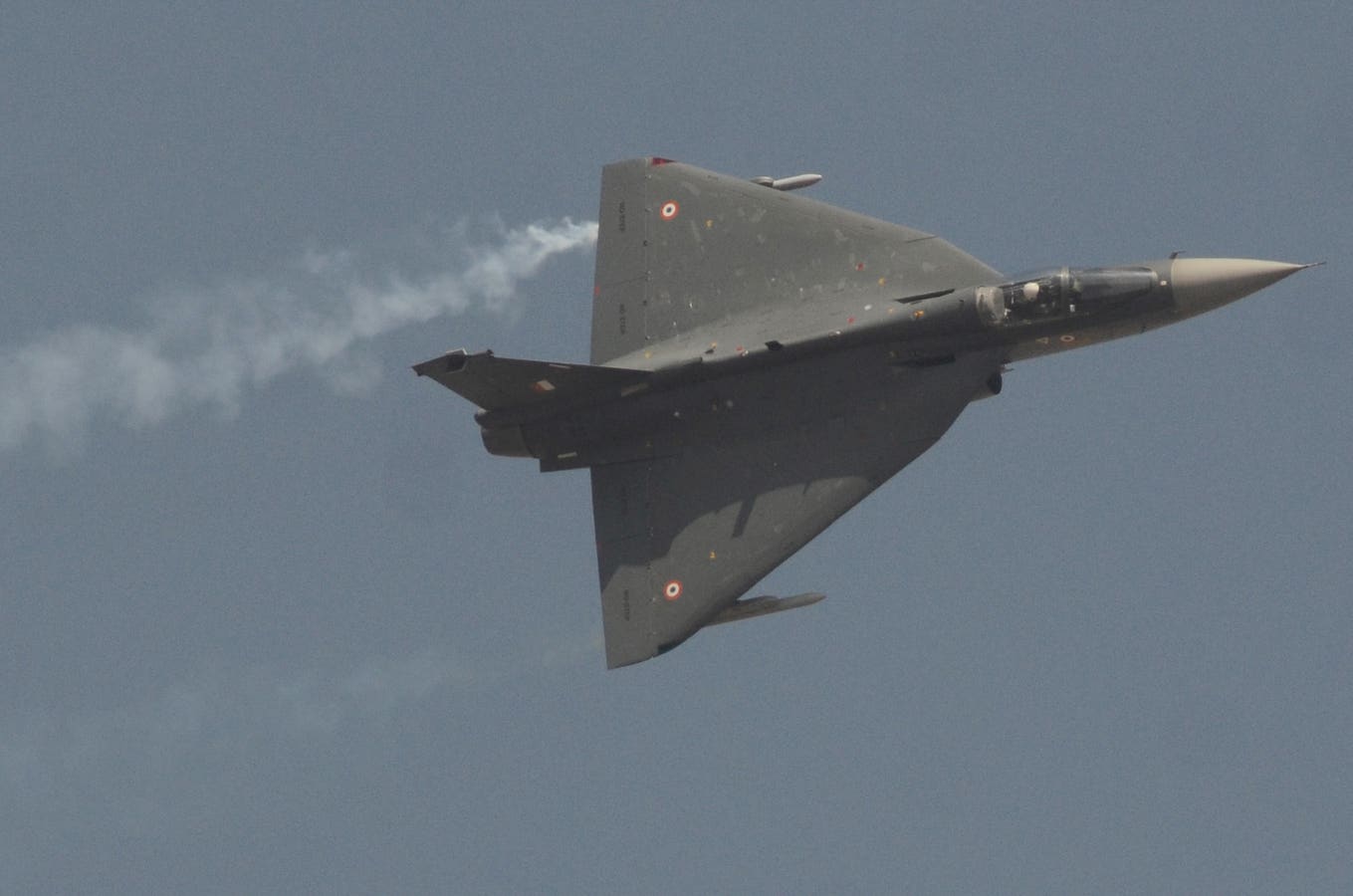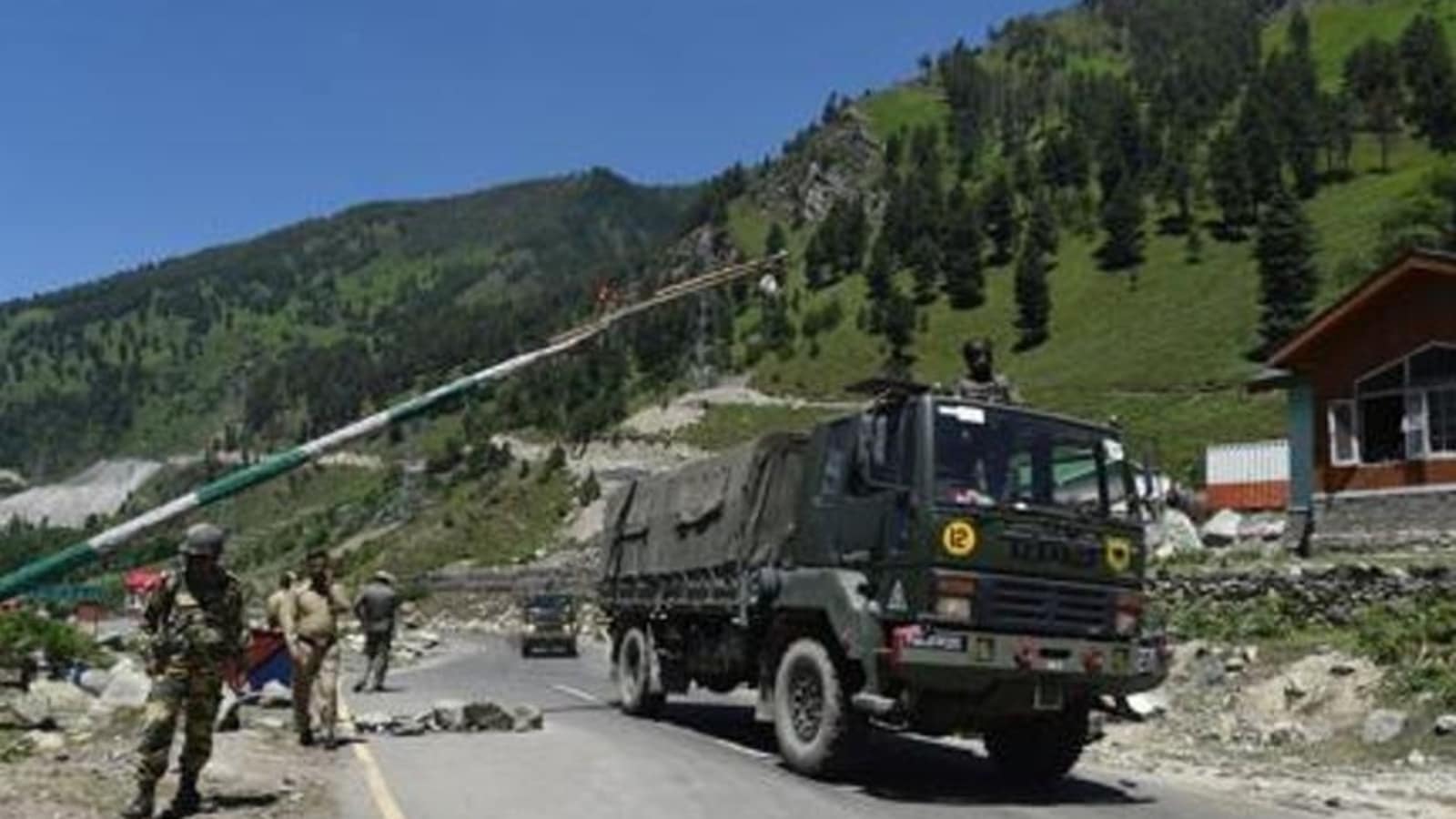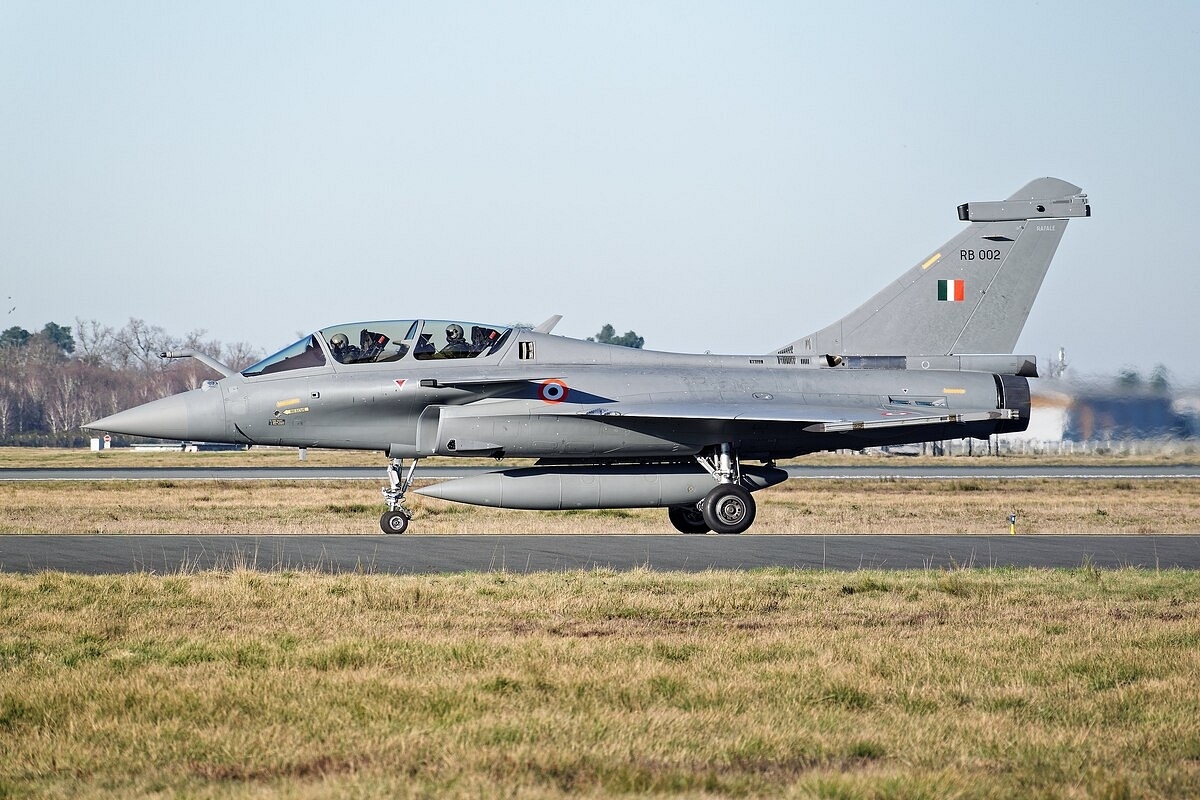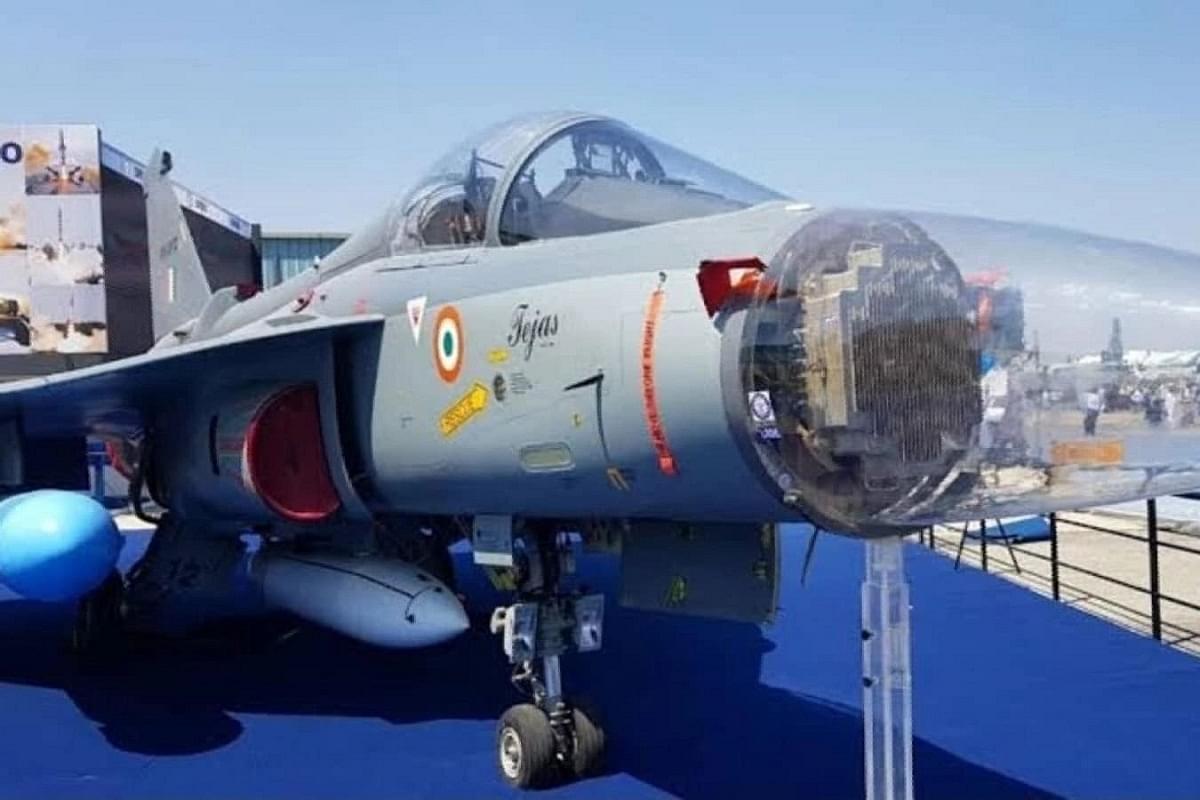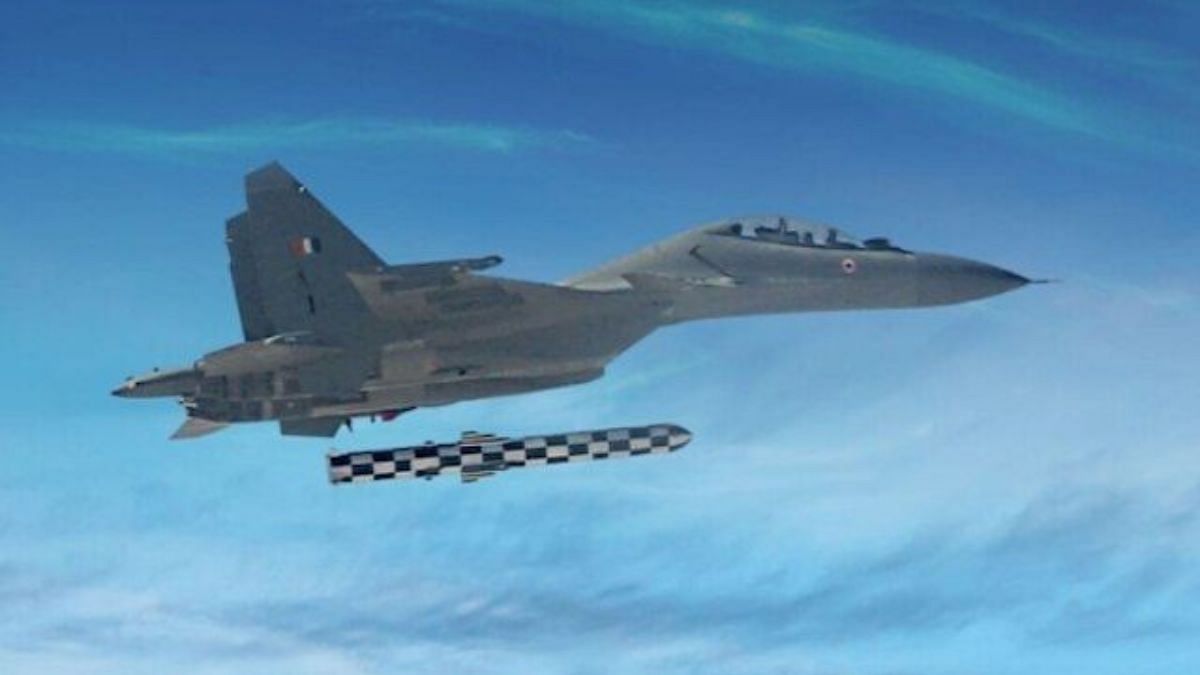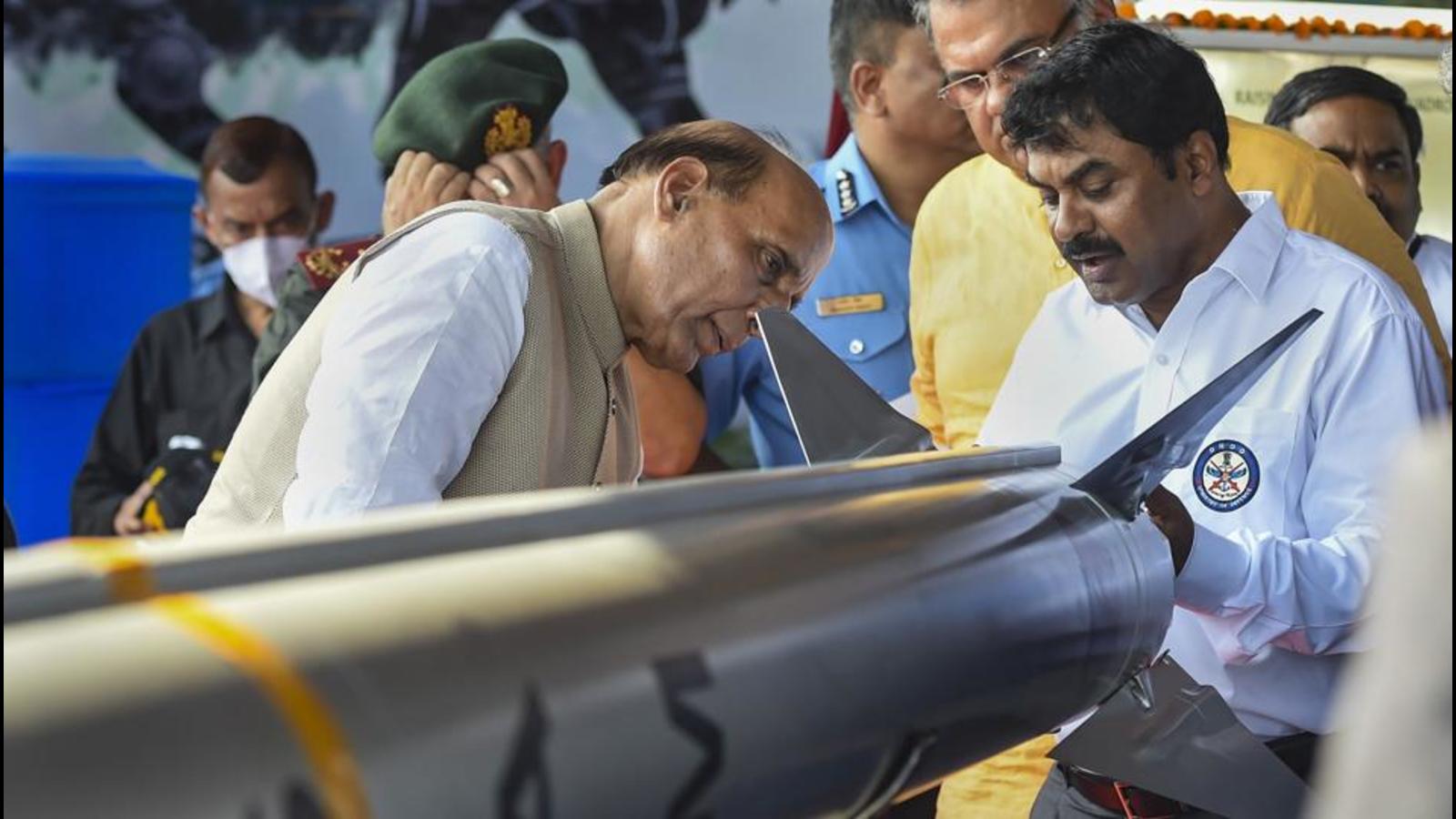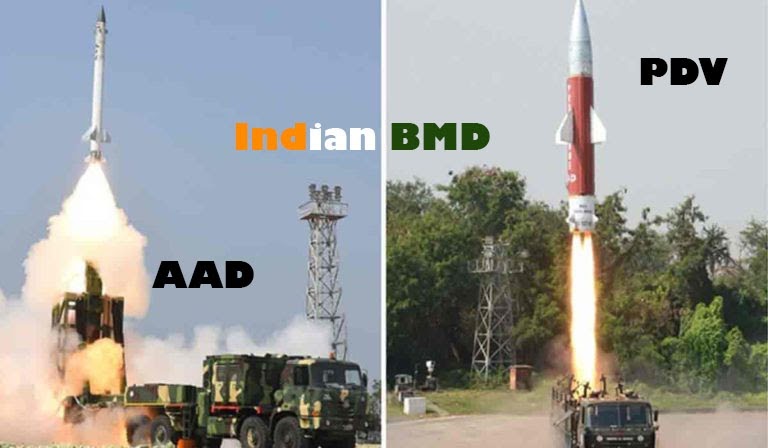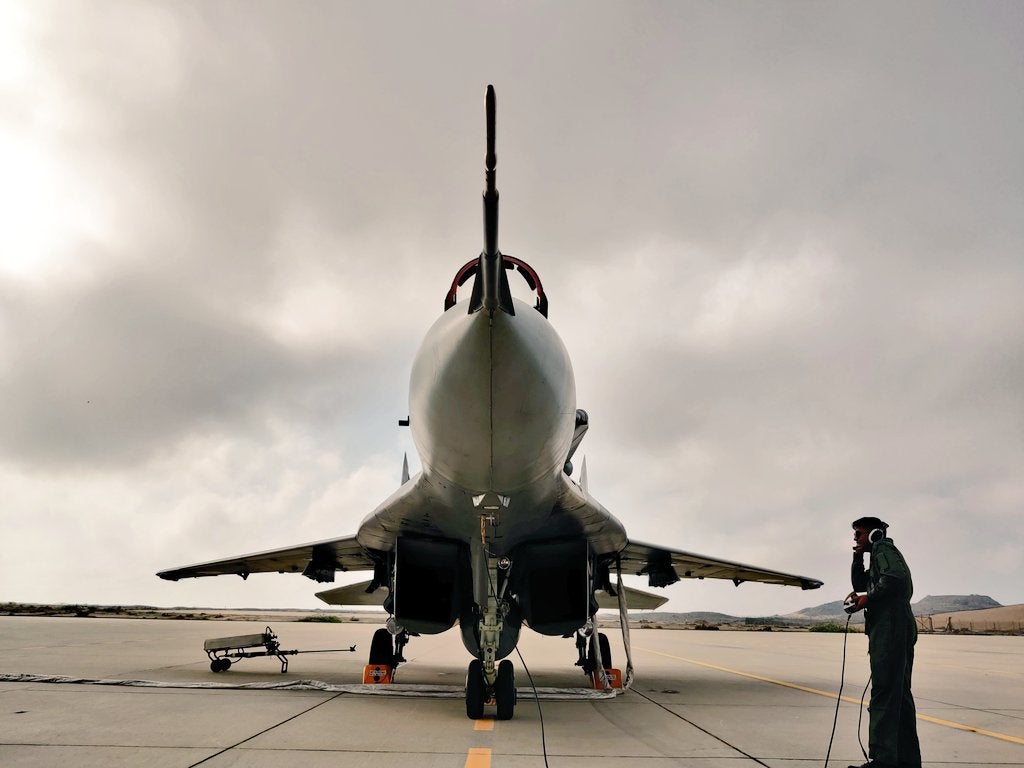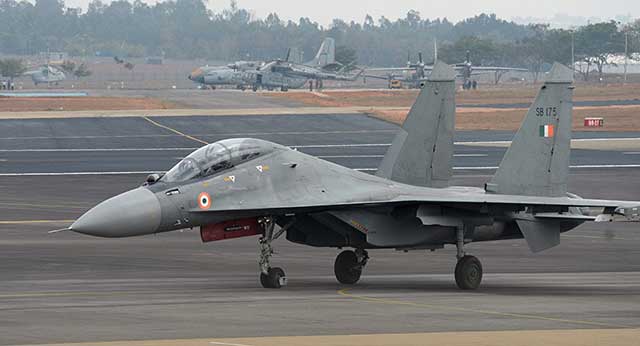@SIPRA https://theprint.in/defence/modi-go...-toughest-projects-yet-china-in-mind/1232207/
Indian conventional forces: You do need huge manpower to win the war in the Himalayas after all winning a war in the mountains is a different game altogether
Modern and movable habitat for 22,000 troops, technical storage for 450 armoured personnel carriers and guns have been built. 3D-printed permanent defences at border areas are also in the pipeline

www.news18.com
India has inducted thousands of extra troops and modern military weaponry into the Ladakh sector to counter the Chinese military build-up after the standoff began two and a half years ago.

www.hindustantimes.com
The total available Indian Army strike forces near China’s border areas are assessed to be around 225,000 personnel. This incorporates the roughly 3,000 personnel attached to a T-90 Bhisma tank brigade stationed in Ladakh and the estimated 1,000 personnel attached to the Brahmos cruise missile regiment in Arunachal Pradesh. For the Army, this total near China’s border areas is divided into about 34,000 troops in the Northern Command,15,500 troops in the Central Command and 175,500 troops in the Eastern Command
Four major commands of the defence forces had assembled last week to reconcile and chalk out a plan to work as one joint force to counter any Chinese threat.

www.republicworld.com
The Indian Air Force has an estimated 270 fighters and 68 ground attack aircraft across its three China-facing commands. It is also expanding its network of Advanced Landing Grounds (ALGs), which constitute small air bases in forward locations to provide staging grounds and logistics hubs for aircraft strike missions.
During the continuing standoff with China, the Nyoma airfield witnessed operations by Chinook heavy-lift choppers and C-130J Special Operations aircraft for the transportation of personnel and equipment.
swarajyamag.com
In the Western Air Command, the IAF possesses around 75 fighters and 34 ground attack aircraft, besides 5 ALGs close to Chinese Tibetan areas. The Central Air Command features around 94 fighters, 34 ground attack aircraft, and one ALG. The Eastern Air Command hosts around 101 fighters and 9 ALGs. Crucially, the IA and IAF forces described above are all permanently close to China’s border, shortening their mobilization time and limiting the prospects of a successful Chinese cross-border advance
A radar is central to victory in the modern battlespace, and Uttam serves multiple purposes, and signals an end to India’s dependence on foreign vendors for cutting-edge technology.
swarajyamag.com
The IAF currently has 40 SU-30 MKI with BrahMos, the only supersonic cruise missile in the world.

theprint.in
Chinese conventional forces: There is a total of 200,00-230,000 Chinese ground forces under the Western Theater Command, and Tibet and Xinjiang Military Districts. However, this apparent numerical near-equivalence with that of Indian regional ground forces is misleading. Even in a war with India, a significant proportion of these forces will be unavailable, reserved either for Russian taskings or for countering insurrection in Xinjiang and Tibet. The majority of forces are located further from the Indian border, posing a striking contrast with the majority of forward-deployed Indian forces with a single China defense mission. The new joint Western Theater Command is estimated to hold around 90,000-120,000 troops, principally divided into the 76th and 77th Group Armies. These Group Armies are headquartered towards the interior of Western China, in Chongqing and Baoji respectively. Because of ongoing unrest in Tibet and Xinjiang, the Western Theater Command’s ground operational authority does not extend to these regions. Instead, a special PLA Army-directed Military District has been created for each of these regions. In Tibet, the region closest to Indian border areas, the PLA presence is judged to number just 40,000 troops. More numerous forces are located in the Xinjiang region north of Tibet, totaling around 70,000. This means that China is regularly operating with a permanent Indian conventional force advantage along its border areas. In the event of a major standoff or conflict with India, it would have to rely upon mobilization primarily from Xinjiang and secondarily from the Western Theater Command forces deeper in China’s interior. By contrast, Indian forces are already largely in position. The PLA Air Force (PLAAF) also suffers from a numerical disparity to the IAF in the border region. Unlike the tripartite organizational division of Chinese ground forces facing India, the Western Theater Command has assumed control of all regional strike aircraft. In total, this amounts to around 157 fighters and a varied drone armory. This includes an estimated 20 GJ-1/WD-1K precision strike UAVs, 12 WD-1 ground attack and reconnaissance UAVs, 12 WD-1 precision strike UAVs, and 8 EA-03 reconnaissance and electronic warfare UAVs. A proportion of these are reserved for Russia-centric missions. By comparison, as noted earlier, the Indian Eastern Air Command can field around 101 fighters against China alone. China also uses eight airbases and airfields relevant to India strike missions, although a majority are civilian airports that can be commandeered in wartime. Other comparative weaknesses permeate the PLAAF’s posture against India. On a strict comparison of available 4th generation fighters, authoritative assessments hold that China’s J-10 fighter is technically comparable to India’s Mirage-2000, and that the Indian Su-30MKI is superior to all theater Chinese fighters, including the additional J-11 and Su-27 models. China hosts a total of around 101 4th-generation fighters in the theater, of which a proportion must be retained for Russian defense, while India has around 122 of its comparable models, solely directed at China. The high altitude of Chinese air bases in Tibet and Xinjiang, plus the generally difficult geographic and weather conditions of the region, means that Chinese fighters are limited to carrying around half their design payload and fuel. In-flight refueling would be required for PLAAF forces to maximize their strike capacity. China had only inducted 15 such tanker aircraft nationally as of 2022, meaning only a handful of its forces will benefit from this solution. Against these underpowered fighters, IAF forces will launch from bases and airfields unaffected by these geographic conditions, with maximum payload and fuel capabilities. The most significant PLAAF forward air bases and airfields near Indian border areas—which will be pivotal in combat operations—are located at Hotan, Lhasa/Gonggar, Ngari-Gunsa, and Xigaze. Each hosts regular PLAAF detachments, and these are the nearest facilities to Indian targets in Kashmir, northern India, and northeast India. They are vulnerable to a dedicated Indian offensive. Ngari-Gunsa and Xigaze reportedly have no hardened shelters or blast pens for their aircraft, which sit in the open.Lhasa/Gonggar has recently developed hardened shelters able to protect up to 36 aircraft, while Hotan reportedly hosts “two aircraft shelters” of unknown capacity. An Indian early initiative to destroy or incapacitate these four bases—and achieve air superiority over them—would compel China to rely more upon aircraft from its rear-area bases, exacerbating its limited fuel and payload problems. Moreover, China lacks the redundancy and related force survivability compared to India in their comparative numbers of regional air bases. In sum, India has a stronger regional air position, with “a large number of airfields in the east and west, so even if some airfields are down, operations can continue from other locations.
Experience shortcomings that are not shared by the IAF amplify China’s air disadvantage. Recent PLAAF exercises with unscripted scenarios have found that pilots are excessively reliant upon ground control for tactical direction. In unanticipated combat scenarios, this dependence on explicit control tower guidance becomes extreme, while “ground commands” are simultaneously often unable to keep up with the complex and changeable air situation.
This suggests that PLAAF combat proficiency may be significantly weaker than often estimated. Progressive base hardening in the eastern US-facing PLAAF facilities has reduced this risk in that area. A lack of similar measures in the India-facing west suggests that Indian destruction or temporary incapacitation of some of the four above air bases would further exacerbate these PLAAF operational inflexibilities and weaknesses. Recognizing this dilemma, instead of a regional aircraft offensive, Chinese strategic planners envision early long-range missile strikes against Indian air bases in the event of conflict. However, India benefits from the greater number and redundancy of regional air bases, and the daunting number of Chinese missiles that would be required to truly incapacitate relevant IAF forces. High number of disparate targets per air base, the requirement for at least two missiles per target, and the ability of base officials to repave the blast crater with quick-drying concrete within six hours, has articulated the operational problem: To keep one airfield shut for 24 hours, the PLAAF will require 220 ballistic missiles. This will not make any difference to IAF operations in the east or in the west since the IAF has a large number of other operational airfields to operate from. If the PLAAF attacks just three airfields, it will require 660 ballistic missiles per day for attacking the runway and taxi track alone. China’s stock of 1,000-1,200 MRBMs/SRBMs will be over in less than two days when attacking just three airfields, with no other major target systems like C2 centres or air defence units being addressed. India began its process of integrating runway replacement fiberglass mats into its base defense systems, meaning it was likely calculated. However, India is presently inducting these fiberglass mats and associated paving equipment, which will further reduce its runway reconstitution timeframe.It is therefore unlikely that the numerous PLAAF disadvantages detailed above can be overcome by China’s superior missile forces. This is critical beyond the air competition itself: In any India China conflict, the PLA cannot launch an attack without the support of the PLAAF.To address its force shortfalls in the event of war, China could surge air and ground forces from its interior toward the border. However, what our analysis suggests is that the IAF’s superiority would mean that critical logistical routes—such as air bases and military road and rail links—could be cut by bombing or standoff missile strikes, limiting the extent to which China’s position could be reinforced. Such a Chinese surge would also attract attention from the United States, which would alert India and enable it to counter-mobilize its own additional forces from its interior.




